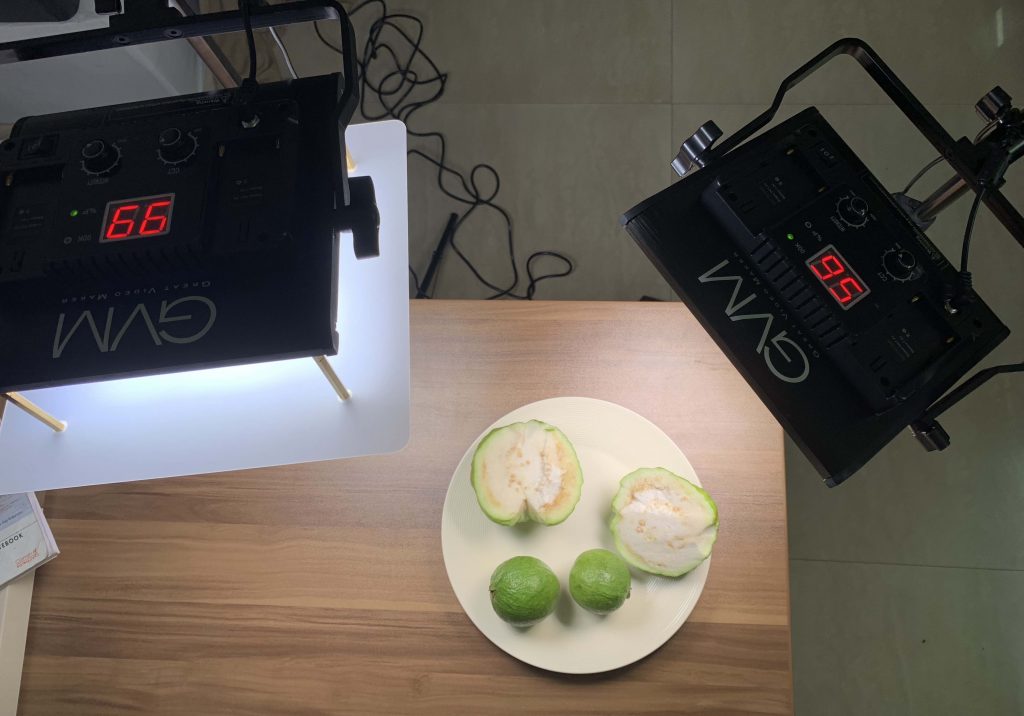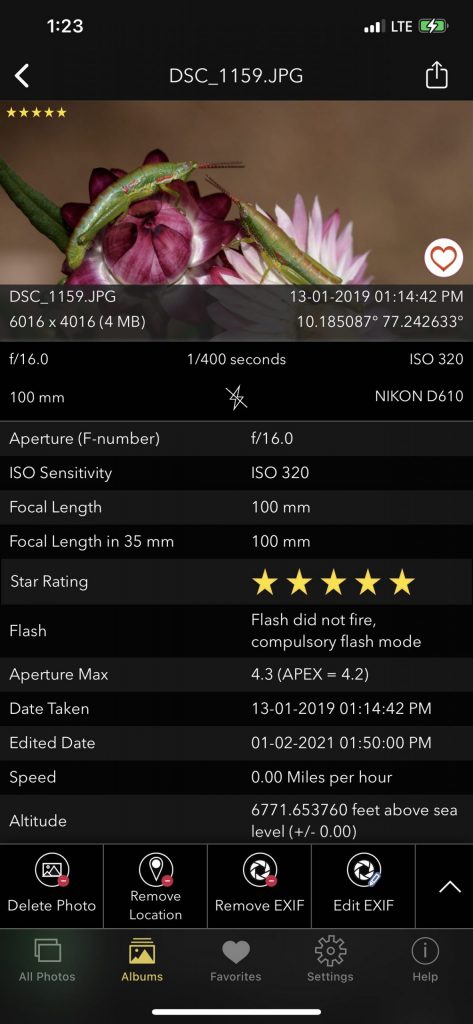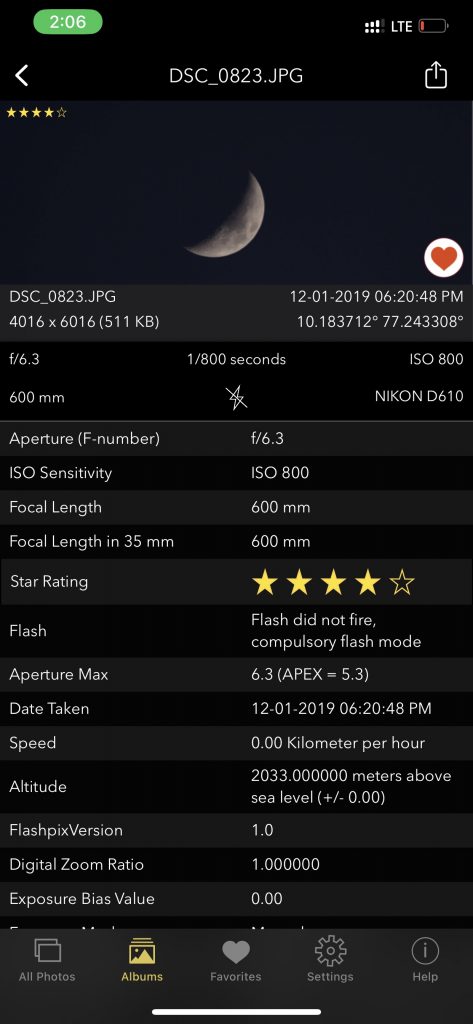Lighting plays a significant role in photography. Learn about natural light, artificial light, and how to manipulate them to achieve the desired effect. Understanding the quality and direction of light is essential. Here are some key points to consider when it comes to lighting in photography:
1. Types of Light:
- Natural Light: Natural light, like sunlight or moonlight, is a common and versatile light source in photography. It changes throughout the day, and understanding its qualities at different times (e.g., soft morning light, harsh midday light, golden hour) is essential.
- Artificial Light: This includes various types of artificial lighting, such as studio strobes, continuous lights, speedlights, and even household lighting. Each type has its characteristics and uses.

2. Quality of Light:
- Light can be categorized as “soft” or “hard.” Soft light is diffused, creating gentle transitions between light and shadow. It’s often found on cloudy days or in the shade. Hard light creates sharp, well-defined shadows and highlights and is common in bright sunlight. The quality of light can dramatically affect the mood and atmosphere of a photo.
3. Direction of Light:
- The direction from which light comes can influence the look and feel of your subject. Common lighting directions include front lighting, side lighting, and backlighting. Each imparts a different visual effect and can be used to emphasize or de-emphasize certain aspects of the subject.
4. Color Temperature:
- Light has a color temperature, usually measured in Kelvin (K). Understanding color temperature is vital, as it affects the overall color balance of your photos. For example, “warm” light (e.g., the golden hour) creates a different mood than “cool” light (e.g., overcast daylight).
5. White Balance:
- Adjusting your camera’s white balance settings is crucial to ensure that colors appear natural and accurate. Different lighting conditions may require different white balance settings to prevent color casts in your images.
6. Manipulating Light:
- In photography, you can manipulate light to achieve the desired effect. Techniques like using reflectors to bounce light, diffusers to soften it, or using artificial light modifiers (like softboxes or umbrellas) can help you control and shape the light on your subject.
7. Understanding Shadows:
- Shadows are just as important as light in photography. They add depth, dimension, and mood to your images. Learning to work with shadows and use them creatively is an essential skill.
8. Experiment and Practice:
- Don’t be afraid to experiment with different lighting conditions and techniques. Practice with both natural and artificial light sources to understand how they affect your subjects. The more you practice, the more you’ll learn to control and manipulate light effectively.
9. Learn from Masters:
- Study the work of renowned photographers, paying attention to how they use light to create impactful and memorable images. Analyze their techniques and try to replicate them in your own work.
- Use the EXIF app to view the EXIF data of photographs taken by experienced photographers. This can provide insights into their shooting techniques and settings. You can learn a lot by examining the settings they used to capture specific shots. Our App “Exif Viewer by Fluntro” can provide you with detailed information about an image’s properties. Appstore Link: – https://apps.apple.com/us/app/exif-viewer-by-fluntro/id944118456



EXIF Viewer by Fluntro App showing images Camera details .
10. Continuous Learning:
- Keep learning and experimenting with light. Photography is a never-ending learning process, and your understanding of lighting will continue to evolve as you gain experience.
Mastering the art of lighting in photography takes time and practice. It’s a skill that can greatly enhance the quality of your photos and help you convey your creative vision more effectively.
Checkout the preview video of Exif Viewer by Fluntro:
One thought on “Understand Lighting in Photography”